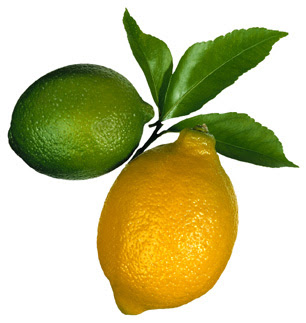I’m writing this post as quickly as I can because the clock
is ticking. According to the ancient Mayans, the world is coming to an end.
We’ve only got until 12-21-12, a few days from now.
Happily, there is something that just might save us from impending
apocalypse. No, it’s not a heartfelt prayer and no, it’s not an arcane ritual. Quite
on the contrary, it’s something you’re likely to have in your kitchen at this
very moment.
Corn? Beans? Potatoes? No way. If you were a Mayan god—Quetzalcoatl,
say, or Kukulkan —wouldn’t you be bored after untold centuries of agricultural
offerings? How much succotash can a god eat, after all?
Now, you might be thinking that what the gods really want,
what would really avert the doom that’s hanging over our heads, is some vital
internal organ or other, or perhaps a liter or two of blood, or some other such
result of human sacrifice, but once again, you’d be wrong.
Chocolate pudding. That’s what the gods want—at least
according to the folks at Jell-O Pudding. Who ever gets tired of chocolate
pudding? The new Jell-O commerical features a guy slogging his way through the
jungle, wading across a river, and dragging a huge wooden crate up the side of
a pyramid, all in order to present his offering to the gods in the hopes of
averting global catastrophe.
Well,
you can’t fault them for trying and those of you who like a bit of culinary
history will be happy to learn that the Jell-O folks are in good company. In
the late seventeenth century, a Frenchman by the name of Henri Misson visited
England and, although he was far from ecstatic over the food he was served, you
might be surprised by the one thing that he did
wax poetic over: pudding.
Blessed
be he that invented pudding, for it is a manna that hits the palates of all
sorts of people; a manna, better than that of the wilderness, because the
people are never weary of it. Ah, what an excellent thing is an English
pudding! To come in pudding time is as much as to say come in the most lucky
moment in the world!
One has
to remember, though, that Misson was not referring to chocolate or butterscotch
pudding, but to such traditional English fare as black pudding—rich with blood,
fat, and spices, stuffed into lengths of intestine, and boiled in water. To be
fair, he did also mention sweeter puddings of “flower, milk, eggs butter, sugar,
suet, marrow, raisins”—which might put you in mind of Plum Pudding, found just
about everywhere around Christmas Time, but still, even Plum Pudding is a far
cry from the silky smooth chocolate puddings beloved by children and gods
alike.
How
such stodgy puddings were transformed into the creamy concoctions on offer at
supermarkets today is a matter I considered in a post last year and if you’re
interested in such transmogrifications, you can check it out here.
For
now, I’ll simply note—ever aware that the clock is ticking and 12-21-12 is fast
approaching—that if I were a Mayan god, I might indeed prefer chocolate pudding
to Black Pudding (although there is that blood connection, so I might want to
give the matter some more thought). But then again, if I were a Mayan god, I
think I’d prefer something along the lines of a Mexican Chocolate Flan with
Kahlua (there’s no beating Rick Bayless’s recipe from his Mexican Kitchen) to the instant puddings the Jell-O folks are
hoping will keep the apocalypse at bay.
Stay
tuned. As the commercial voice-over says, “Fingers crossed, we’ll see you on
the 22nd.”
Mexican
Chocolate Flan with Kahlua
(adapted
from Rick Bayless’s Mexican Kitchen)
(makes
6)
1
cup heavy cream
1
cup milk
4 ½
ounces chopped Mexican chocolate (Ibarra is the brand I use)
1
inch cinnamon stick
1/3
cup sugar
4
large eggs
1
tbsp Kahlua
½ tsp
vanilla extract
½ tsp
almond extract
Pour
the cream and milk into a medium saucepan. Pulse the chocolate in a food
processor until pulverized. Add to the milk & cream, along with the
cinnamon and 1/3 cup sugar. Bring to a simmer over medium heat, stirring
occasionally’ then cover, remove from the heat and let steep for 20 minutes.
Whisk
the eggs, Kahlua, vanilla and almond extracts in a large mixing bowl until
combined. Slowly whisk in the hot milk mixture; return to saucepan and stir
until the mixture coats the back of the spoon. Pour through a fine-mesh
strainer into a large measuring cup. Then pour into custard cups, cover with
plastic wrap (to prevent a skin from forming), and chill until firm.






































.jpg)

